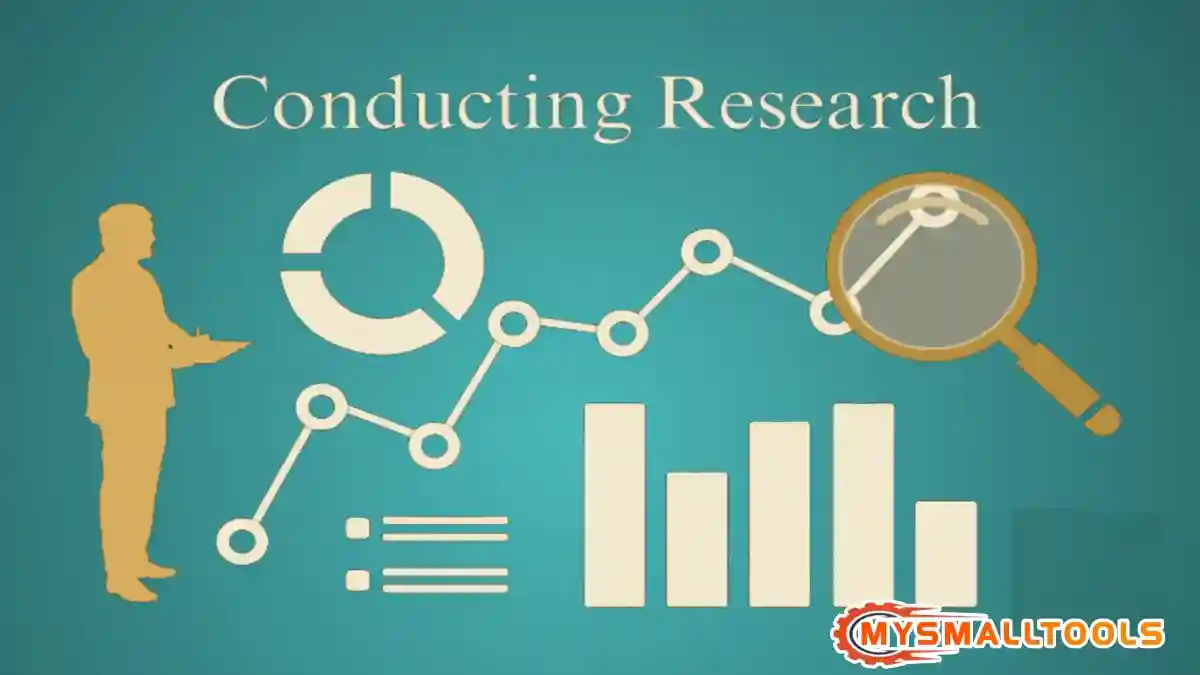Five Easy Steps for Conducting Research
Have you found yourself with your initial term paper assignment and unsure how to proceed? Perhaps you are a graduate student in the social sciences embarking on your research project. You might also be a novice marketing consultant preparing for a significant presentation, requiring competitor analysis to assess your product’s market positioning.
No matter your situation, conducting research is essential for gaining a clearer understanding of your subject matter.
Engaging in research fosters deeper insights, helps prevent misinformation, and disseminates knowledge for informed choices. It is vital to conduct thorough research and rely on credible sources; however, this task can feel overwhelming, especially when your academic or professional future is at stake.
While research might seem daunting, mastering it hinges on adopting the right strategies and honing your skills. So, what exactly are research skills? They encompass conducting literature reviews, collaborating with others, interpreting texts comprehensively, among other tasks.

Below, we present a straightforward, step-by-step guide to streamline your research efforts and ensure your project is completed successfully.
Step 1: Clearly Articulate Your Research Question
The initial step in your research process is to clearly articulate your research question. Having a well-defined question will enable you to focus sharply and engage with the material effectively.
Also Read
You can formulate a solid research question by following these guidelines:
- Begin with a broad subject, such as “Waste accumulation in the oceans.”
- Engage in preliminary research. Investigate recent discussions around your topic to hone in on a more specific focus.
- Refine your topic. Current trends indicate that the rise of plastic waste could serve as a compelling focus area.
- Craft your research question. Aim for specificity regarding what you intend to explore.
Consider these examples comparing effective and ineffective research questions about waste accumulation in oceans:
Ineffective: How does waste accumulate in our oceans?
Effective: What is the rate of plastic waste increase in the Great Pacific Garbage Patch, and what factors contribute to it?
By formulating your question clearly, you streamline the process of gathering relevant information, reducing the time spent sifting through pages or clicking on unrelated links.
Step 2: Identify Your Research Methods
Choosing the research techniques you will use is the next stage. Your choice of methods should align with the research question you seek to answer.
There is a wide array of research methodologies to consider when crafting a research paper; however, not all methods will be suitable for every question. Some potential research approaches include:
- Qualitative research: focuses on qualities or descriptions.
- Quantitative research: emphasizes numerical data and statistical analysis.
- Descriptive research: centers on detailing the characteristics, functions, or other aspects of a subject.
- Experimental research involves conducting actual experiments to arrive at conclusions.
Depending on the nature of your inquiry, you might utilize various methods, including surveys, interviews, or experiments in your own research. When you oversee this research personally, it is referred to as primary research. Conversely, secondary research entails analyzing the findings or ideas presented by others. Utilizing secondary research can enhance most research papers, provided the sources are credible.
Step 3: Identify Trustworthy Data Sources
The reliability of your sources is crucial in research; even one unreliable source can undermine the integrity of the entire paper, leading readers to question the credibility of your work. University libraries are excellent starting points for finding reliable sources, and peer-reviewed journal articles or publications from governmental organizations are typically seen as trustworthy.
Search engines can also yield valuable resources, but be wary of encountering unreliable information. When evaluating new sources, ensure their credibility by considering aspects such as:
- – The date of publication
- – The qualifications of the author and publisher
- – Whether the source directly relates to your research question
- – The absence of any recognized bias
It’s advisable for researchers to utilize a diverse array of sources that present various perspectives. Including opposing views from scholarly and non-scholarly sources shows that you have thoroughly researched your subject.
Step 4: Prioritize Your Note-Taking
After identifying credible and relevant sources, the next step is to take comprehensive notes.
You can choose a note-taking method that suits you best, whether that’s copying and pasting text into a digital document or jotting down notes by hand on index cards. Regardless of your preferred method, it’s vital to make relevant notes.
You can quickly locate information related to your topic by skimming the table of contents of your sources or performing keyword searches in digital formats. While collecting data, pay attention to specific phrases or sentences that offer valuable information or perspectives pertaining to your research question. Capture any useful insights that may enrich your findings, including minor details that could serve as background to strengthen your argument.
Remember to document the source’s title, author, page number, or URL in your notes for easy reference later. Frequently revisiting your outline and headings can ensure you gather sufficient factual content for each section.
Step 5: Begin Drafting Your Research Paper
With all your research and notes in place, it’s time to begin drafting your research paper. If your outline and notes are comprehensive and your sources are robust, you’re in for an easier process!
Align your comprehensive notes with your structured outline and begin formulating your research paper by weaving together insights from various sources and additional arguments. Incorporate your interpretations and views where applicable.
At this phase of your research process, it is crucial to accurately cite every idea and piece of information included in your paper. Utilizing a complimentary plagiarism detection tool can be beneficial to ensure that no citations are inadvertently missed.
After writing your paper, spend some time checking it for grammar, punctuation, and clarity mistakes. Additionally, verify that there are no instances of unintentional plagiarism before submitting your research work. If you’re anxious about this, consider our guidance on identifying and steering clear of plagiarism in your writing.
Conclusion
In summary, conducting thorough research is essential for producing precise and persuasive work. Whether you are creating a term paper for high school or developing a project for your Master’s program, diligent research is necessary. These research strategies will allow you to embark on your research endeavors with confidence.
When organizing your research material for your paper, using a citation generator can assist you in arranging and accurately citing your sources in any style, such as APA, MLA, or Chicago. This tool also helps prevent your work from being marked as plagiarized. Plagiarism is a serious infraction that can adversely impact your grades and even threaten your academic standing.


